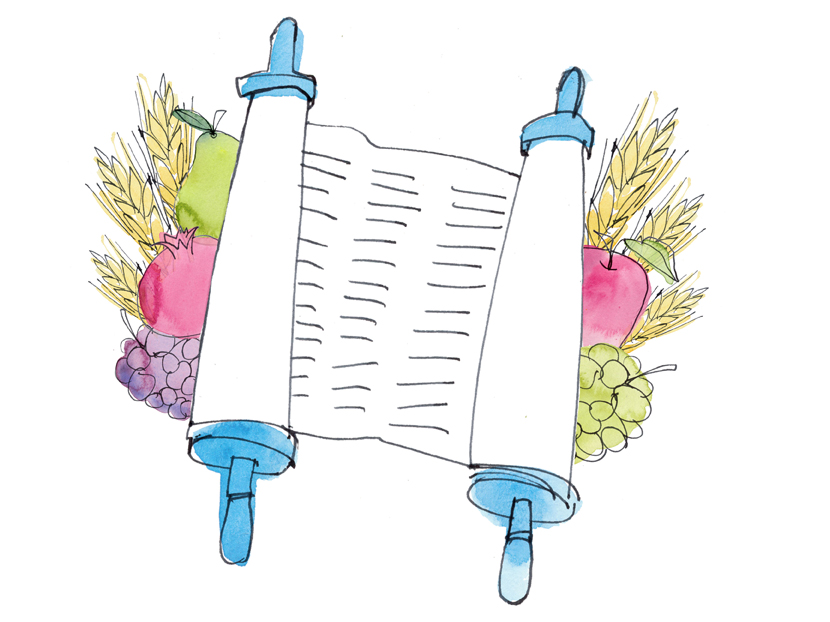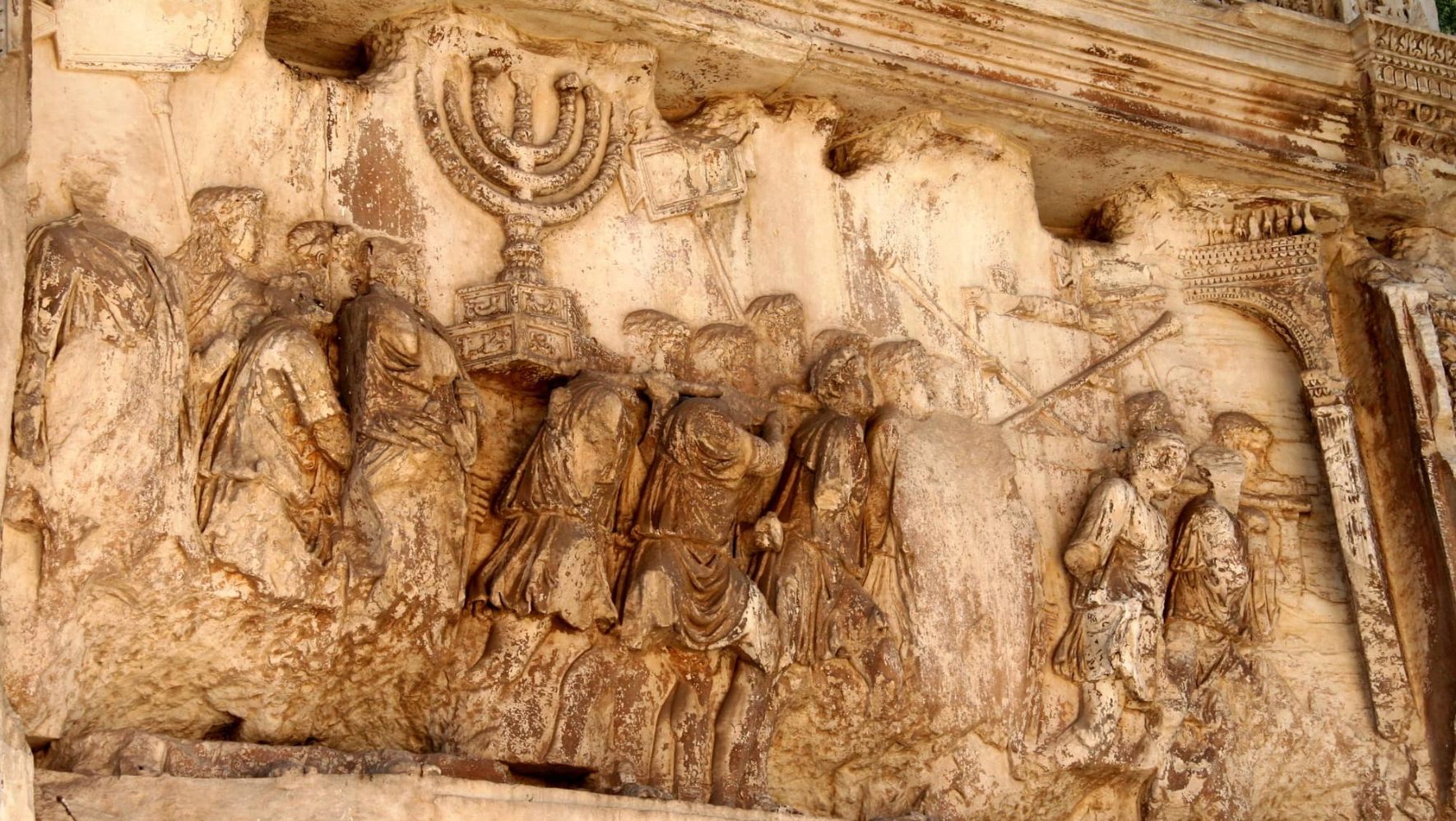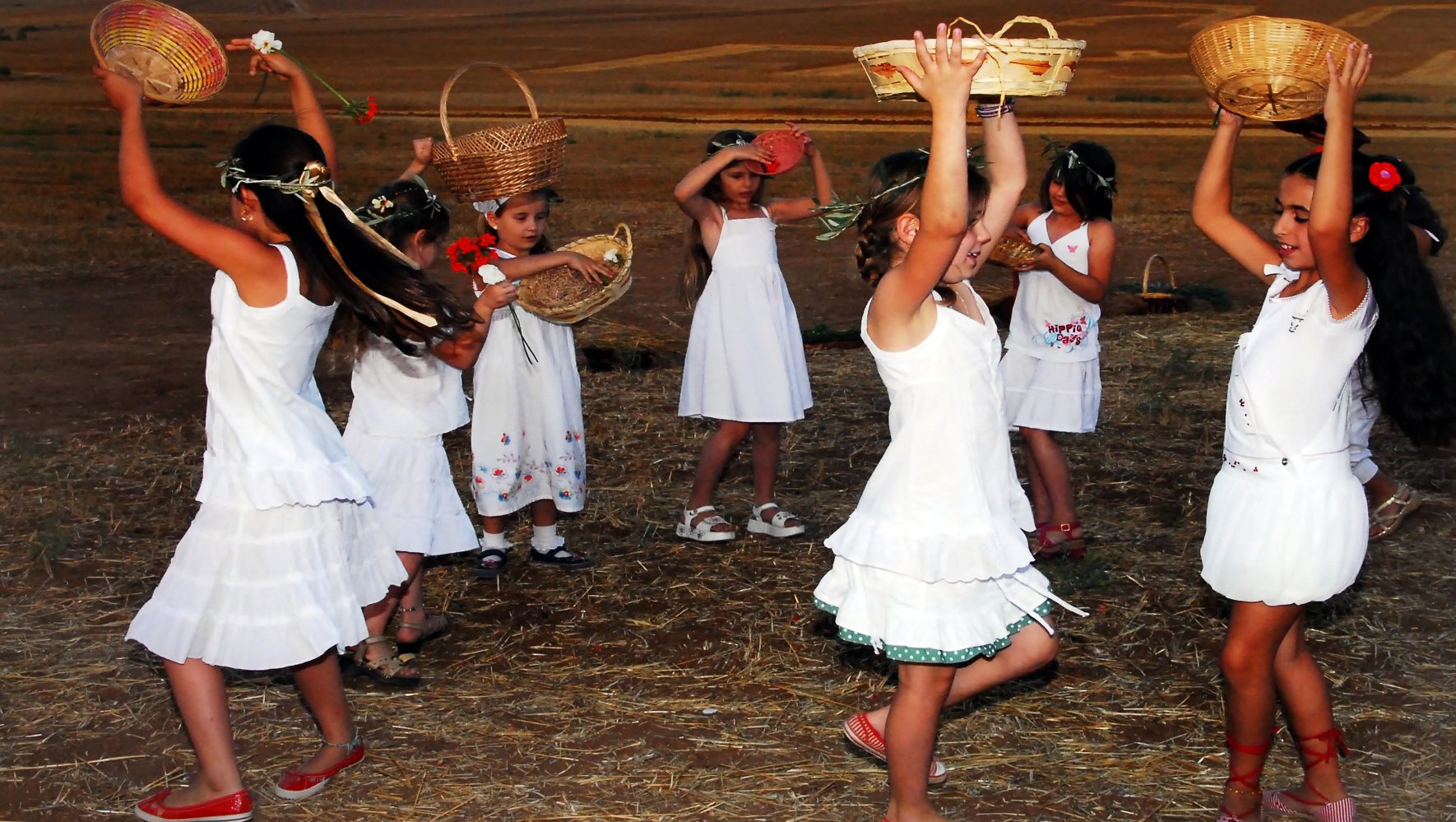What Shavuot Teaches Us About Welcoming the Stranger
By Rabbi Rachel Grant Meyer – Educator, Community Engagement
Jun 09, 2016

This Saturday evening, June 11, we will begin celebrating Shavuot, the early summer pilgrimage holiday on which we commemorate the giving of the Torah on Mount Sinai. In biblical times, the pilgrimage happened in honor of the concurrent barley harvest. Today, most of us live a less agrarian life and, so, we no longer make pilgrimage to Jerusalem with our harvested barley crop in tow. Instead, we observe the holiday by going to synagogue to read from the Book of Ruth, which is set during the barley harvest.
We also read from the Book of Ruth because Ruth, a Moabite woman, takes on the religion of her mother-in-law, Naomi. Her conversion, then, seems to reflect the Israelite community’s acceptance of the Torah at Mount Sinai, thus mirroring the holiday’s association with the giving of Torah.
Who, though, is this woman who joins the Jewish people, this woman whose story plays a central role in our Shavuot celebrations? Before Ruth joins the Israelite people and converts, she is a stranger. Ruth is referred to as “Ruth the Moabite” seven times throughout the Book of Ruth (See Ruth 1:4, 1:22, 2:2, 2:6, 2:21, 4:5, and 4:9-10). The other characters in the story are not described by their ethnic backgrounds—only Ruth. This descriptor, then, seems to be an important way of marking Ruth as other, as foreign.
At first, Ruth’s mother-in-law is dismissive of her foreign daughter-in-law. After the death of her husband, Ruth joins her mother-in-law and flees the famine in their homeland. However, when Ruth pledges her loyalty and expresses her desire to remain with Naomi on the journey, Naomi initially rebuffs her. Why does Naomi tell Ruth to go back to her parents’ home? The midrash, a commentary on the Torah, teaches that Naomi tells Ruth to return to her native Moab because she is embarrassed by Ruth’s otherness, by her foreignness (see Ruth Zuta 1:8).
We come to learn, though, that is not the Jewish way. Ultimately, Ruth finds acceptance from Boaz, a relative of Naomi’s, who allows Ruth to glean in his fields. Ruth herself is incredulous that Boaz would protect a stranger, saying, “Why are you so kind as to single me out, when I am a foreigner?” (Ruth 2:10). Yet, Boaz persists, not only allowing Ruth to glean in his fields, but also ordering the other workers in the field to leave her to harvest without interference. He offers her not just assistance but also protection (see Ruth 2:15-16).
A little more than a week after Shavuot, we will observe World Refugee Day, a holiday that seeks to draw attention to the 60 million displaced people and refugees across the globe in need of our assistance and our protection. How fitting, then, that we move into this secular observance with a religious observance in which the acceptance of Torah is inextricable from the value of protecting and welcoming the stranger.
The Sefat Emet, a 19th century Hasidic rabbi, teaches, “The purpose of all the commandments . . . is so that every person of Israel be free. That is why the liberation from Egypt comes first [before the giving of the Torah].” In order to ready ourselves to receive Torah once again this Saturday evening, we must first address the ways in which so many in our world remain unfree – persecuted simply for being who they are. In order to live out the gift of Torah we have to first commit ourselves to working for the freedom of all, particularly the stranger in our midst, the refugee. Torah’s full potential is only fulfilled when we dedicate ourselves to ensuring that all of God’s children are free to live in safety and with dignity.


